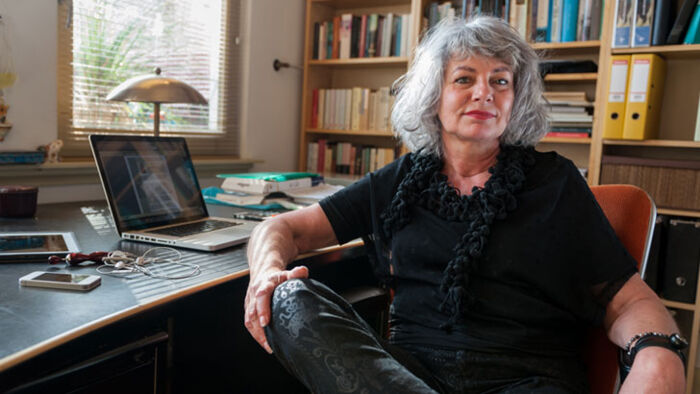Five ways women can boost their retirement savings
More Aussie women than men are struggling to meet the ASFA Retirement Standard, and cost of living pressures are making the problem worse.
According to ASFA (the Association of Superannuation Funds of Australia), the average person needs $49,462 per year to fund a comfortable lifestyle.
However, for many women, this amount of savings can be difficult to obtain.
Retirement planning is critical for women worldwide
Globally the gender pay gap is improving, but women still earn less than men throughout their careers on average, which limits the amount they can save for retirement.
For example, women are more likely to take career breaks or reduce their working hours to look after children or elderly parents, thereby affecting their superannuation contributions and retirement income.
Life expectancy has also increased, with women generally living some four to eight years longer than men. Therefore, retirement income will need to stretch over a longer period of time for women. This fact shouldn't be underestimated.
Five ways to boost your retirement savings
Taking action feels good. The earlier you start saving for your retirement, the more likely you are to be financially independent, have sufficient funds available to support the lifestyle you want, and be able to cover an unexpected expense after you stop working.
Here are five positive changes you can make today for a more comfortable retirement.
1. Check your superannuation and maximise contributions where you can
There are a few simple points to check when reviewing your super fund:
- Who is your default super provider as nominated by your employer?
- What has their performance been over one, three, five and 10 years?
- What fees do they charge and are they higher or lower relative to their competitors?
- What is your default super fund allocation? Is it appropriate for your life stage?
- Have you played around with the super and retirement calculator to give you an idea of what balance you will need to comfortably fund your retirement?
If you can, now is also the time to add as much as possible to your super fund and make the most of tax relief from the government. You can also look to contribute regular amounts to your superannuation to help boost your savings pool.
If you've taken a career break, you may have gaps in your retirement savings. It may be possible to make voluntary contributions to make up for these - however make sure you are aware of concessional and non concessional super contribution caps.
The concessional (pre-tax) contribution cap in the 2023/24 period is A$27,500, that is combined total of your employer and salary sacrificed contributions must not be more than $27,500 per financial year. The non-concessional (post-tax) contributions cap for 2023/24 will remain at $110,000 (it's always four times the concessional cap).
2. Save more by making small changes
Take a look at your budget to see where you could potentially free up money. The more you save now, the more you'll have to retire with.
Start by compiling a spreadsheet of your regular expenses so that you know exactly where your money is going.
Be brutal in your assessment of which are entirely necessary - like that second streaming service - and which could be culled without a dramatic impact to your lifestyle. This process will also give you a good sense of other items which you'd like to retain now but may need to reconsider if you need to tighten your purse strings in the months ahead.
3. Consider investing
Investing is an alternative way to save for your future, and could potentially provide higher long-term growth than leaving your money in a savings account, while also helping you combat inflation.
If you're starting to look at investing, remember it's not just a case of picking investments you should be investing in.
Rather there are a number of factors to consider, including: personal life stage, financial goals or objectives, time frame to achieve those goals or objectives, the amount of capital available to be invested, and individual risk tolerance levels.
A key point to note when it comes to investing is that there are no guarantees - the value of investments can go down, as well as up, and you may not get back what you invest. It's important to do your research and get advice from a finance professional prior to investing.
4. Make the most of joint allowances
If you're married, in a civil partnership or in a stable relationship with shared assets, you may consider looking at both your superannuation and savings together.
Try to work out the cost of living together when you're no longer working. Review your life, health and other insurance policies together to make sure you have the right coverage and sum insured and explore spouse contributions.
Depending on how much your partner earns, adding to your partner's super can help secure a brighter retirement for your partner and may save you on tax.
5. Adjust your retirement plans
If you're near retirement age and are concerned you won't have enough money, think about your options for finishing your working career.
Switching to reduced working hours or 'semi-retirement' can help provide more financial security, as well as a better work-life balance.
It's also good practice to review your superannuation preferences during different life stages. If you're nearing retirement, speak to your super fund to review the ways in which your super is invested and explore the various transitioning to retirement options which are right for you.
Get stories like this in our newsletters.



